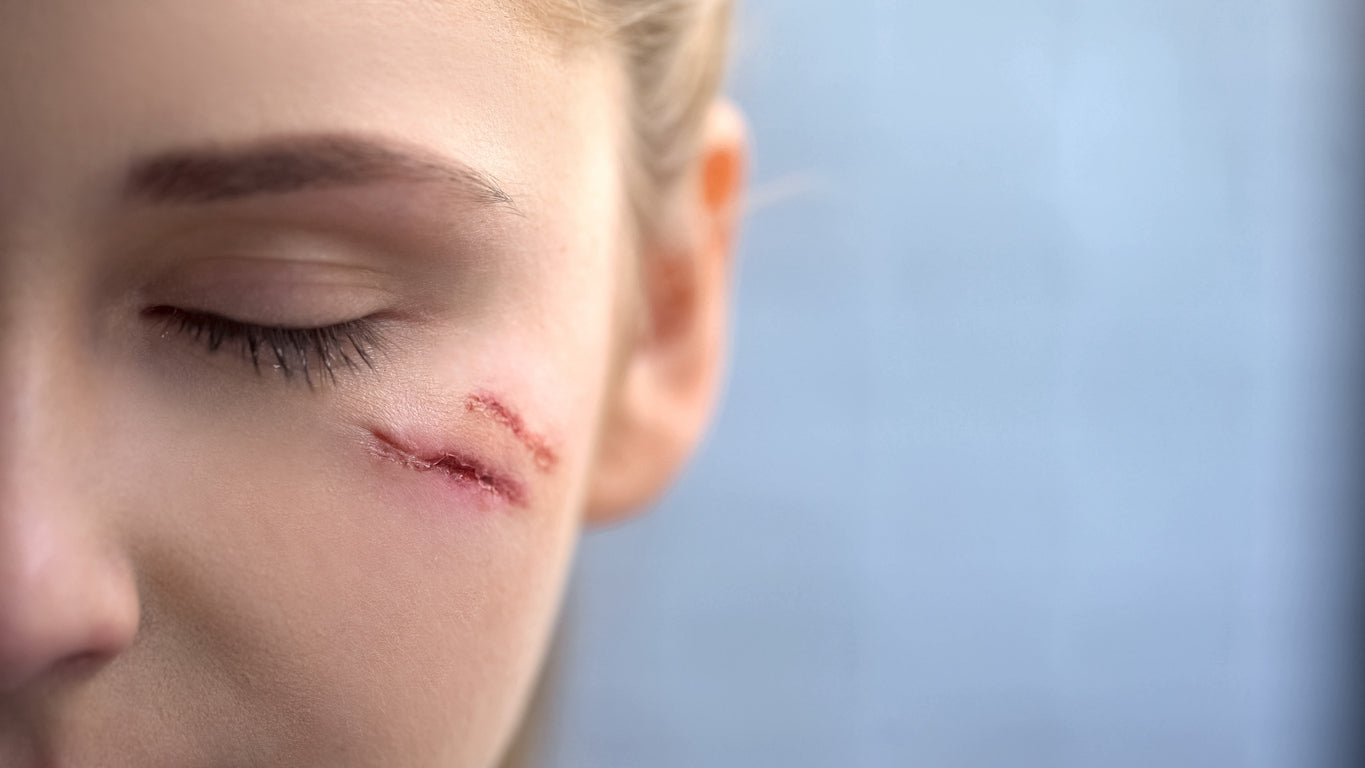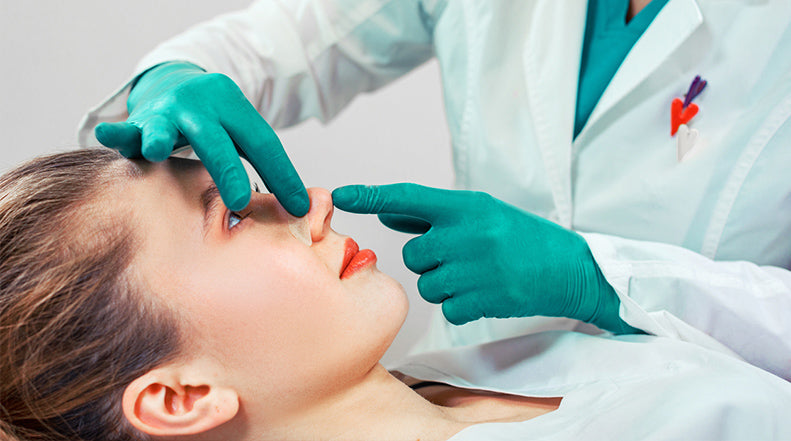How to Improve Your Posture

You know how your mother and grandmother always scolded you for slouching? Well they may be on to something. Bad posture can lead to aches and pains in your back, neck and shoulders. You can credit bad posture for headaches and tension in the shoulders and back as well as gastrointestinal reflux or feeling fatigued because you’re unable to breathe deeply. And the problem seems to be getting worse as most of us have become accustomed to hunching over our desks, computers or handheld devices. Here are some tips for improving your posture.
SIT UP STRAIGHT!
First, adjust the way you sit, particularly when you are at your desk. Be sure to position yourself all the way back in your chair. If you are sitting too far forward, there’s pressure placed on the pubic bone; too far back, there’s pressure on the tailbone. You can find the middle range by keeping your feet flat and centering your weight with your buttocks and pubic bone creating a triangle. If you are sitting on bleachers or a seat with no backrest be sure to keep the triangle position in place, as it will naturally align everything. When in a car adjust the seat or place a small pillow behind your lower back.
When you are sitting at your desk there’s a natural tendency to lean forward toward your computer. This puts unwanted strain on your back. Sit back in your chair, use a lumbar pillow and slightly elevate the knees instead of slanting them downward. Your monitor should be about an arm’s length away, with the top of the screen at eye level so you’re not looking up to see it. With a laptop, attach an external monitor or keyboard to prevent hunching. Use a phone headset to avoid neck strain.
When you’re stuck in one position too long, whether it be an office chair, or a car—your muscles will become fatigued. We can learn how to avoid this by taking lessons from our furry friends. Cats and dogs stretch when they get up from sitting or lying down and you should, too! While standing with feet slightly apart, place hands on the small of the back with your fingers pointing downward. Then, lean back as far as you can, holding a few seconds; repeat. At home, lie on the floor face down, raising yourself up on your elbows and letting the lower back sag toward the floor. Hold a few seconds; repeat.
EXERCISE
Slouching isn’t the only thing that can cause bad posture, a lack of flexibility can also lead to muscle imbalances and poor alignment. You should be sure to include stretching in your weekly routine, and be sure to stretch daily as a way to relieve any discomfort. One thing you can try? While standing or sitting, pull your head back, and center it over your spine. Pull your shoulders back and down, moving your arms as if you’re trying to put your elbows in your back pocket. Push palms outward—as if you’re inside a door frame—and hold for at least six seconds.
You should also strengthen your core muscles. The core refers to the entire area from under the rib cage to mid-thigh, not just the abs, and all of these muscles work together to help you sit and stand tall. Great ways to improve core strength are with yoga or Pilates because they use controlled movements to hold positions. If you are a beginner, start slow. Lie on your back, lift your legs off the floor and bend your knees as if you were putting your feet flat on a wall. Pull in (contract) your abs, then extend one leg straight. Keep your back flat and the other knee bent. Bring extended leg back, pause, and then extend the other leg; repeat.
BE AWARE OF HOW YOUR BODY MOVES
When lifting heavy objects like kids, luggage or groceries it can really hurt your back if you don’t use proper posture. The most dangerous position is bending and twisting because there’s nothing supporting the spine. As you lift, stand directly in front of the object, not to the side. Place your feet slightly wider than your shoulders and squat from the knees, using the gluteal muscles to lift. Pull in your stomach, exhaling on exertion. To pick up small items, such as toys, bend at the waist, keeping your head and back straight while extending one leg off the floor straight behind you.
When carrying a heavy backpack or purse, it’s very difficult to maintain good posture. Try to limit how much you carry, and choose cross-body bags to distribute weight more evenly. Don’t carry more than you are able without straining, and take things slow. Wearing high heels? It is possible that they can throw you forward and put strain on the lower back. Limit how often you wear them, and if you need to do a lot of walking or standing in heels, opt for lower heels (2” or less) or wedges.




Comments